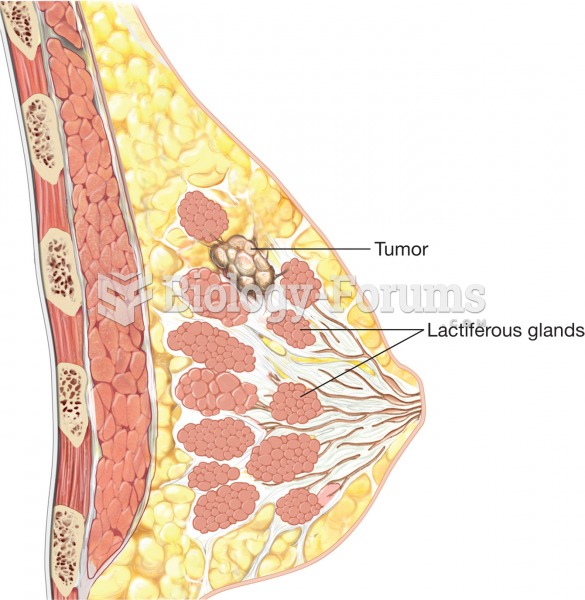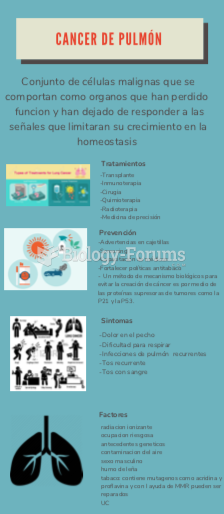|
|
|
Did you know?
Most childhood vaccines are 90–99% effective in preventing disease. Side effects are rarely serious.
Did you know?
The horizontal fraction bar was introduced by the Arabs.
Did you know?
Cyanide works by making the human body unable to use oxygen.
Did you know?
In 1885, the Lloyd Manufacturing Company of Albany, New York, promoted and sold "Cocaine Toothache Drops" at 15 cents per bottle! In 1914, the Harrison Narcotic Act brought the sale and distribution of this drug under federal control.
Did you know?
Blood is approximately twice as thick as water because of the cells and other components found in it.






